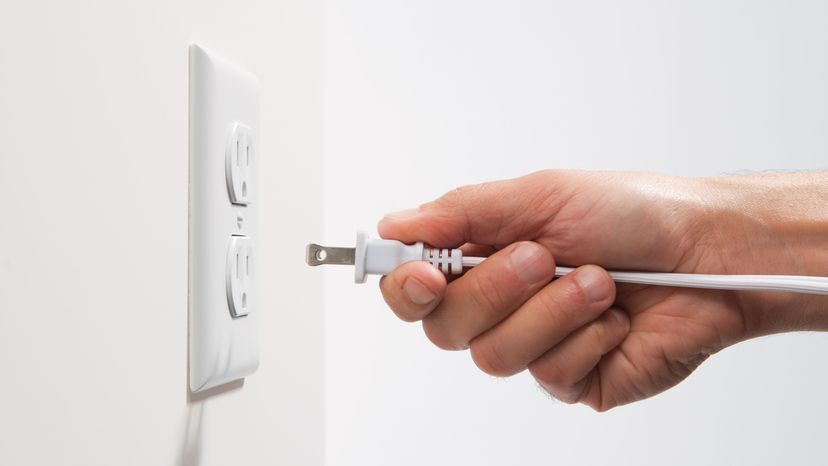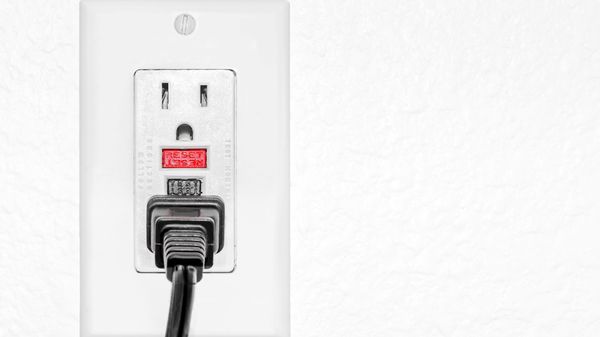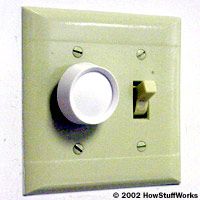Standard Electrical Outlets
Standard receptacles are the regular outlets that are found throughout the rooms in your house. You can plug nearly all small household appliances, such as TVs, radios and computers into a standard outlet. These outlets supply 120 volts of electricity and will usually contain holes to accommodate two- or three-pin plugs.
GFCI Outlet
GFCI (Ground Fault Circuit Interrupt) receptacles are standard in kitchens and bathrooms, or any place where the area can get wet. They are recognizable because they have two narrow slots and a semi-circular hole. GFCI outlets have a built in circuit breaker, so if water does get into the outlet, the outlet will be shut down without shorting the rest of the house.
GFCI outlets have a black button and a red button. The black button can be used to test the outlet and the red one is used to reset the outlet should it go down.
Dryer Receptacle
Dryer receptacles are outlets that are specifically designed for dryers. This is because dryer outlets have pins for both 120 volts and 240 volts. These outlets have either three pronged outlets or four pronged outlets.
If the dryer requires 120 volts its plug will have three pins and if it requires 240 volts the plug will have four pins. Building codes now require that all new homes be built with four-hole dryer receptacles.
Range Receptacle
Electric cooking ranges require more electricity than other appliances. These receptacles are designed to provide enough electricity for electric range cookers, and should always be attached to its own a circuit breaker [source: Do It Yourself].
AFCI Outlets
Arc Fault Circuit Interrupter (AFCI) outlets are advanced electrical devices designed to enhance safety by detecting and protecting against arc faults, a type of electrical discharge that can occur in damaged or deteriorating wires and connections.
Unlike standard circuit breakers that protect against short circuits and overloads, AFCI outlets are specifically designed to sense a wide range of arcing electrical faults, which are potential fire hazards.
When AFCI outlets detect an arc fault, it immediately interrupts the power, thus preventing the arc from causing a fire. These outlets are particularly important in older homes where wiring insulation might be compromised.
USB Outlets
These are electrical outlets that include one or more USB ports in addition to the standard AC power sockets. Their primary function is to provide a convenient way to charge devices that use USB charging, like smartphones, tablets, and certain cameras, without needing a separate adapter.



